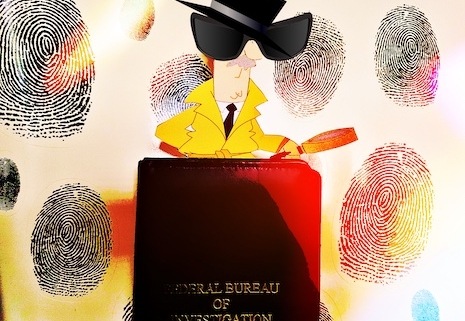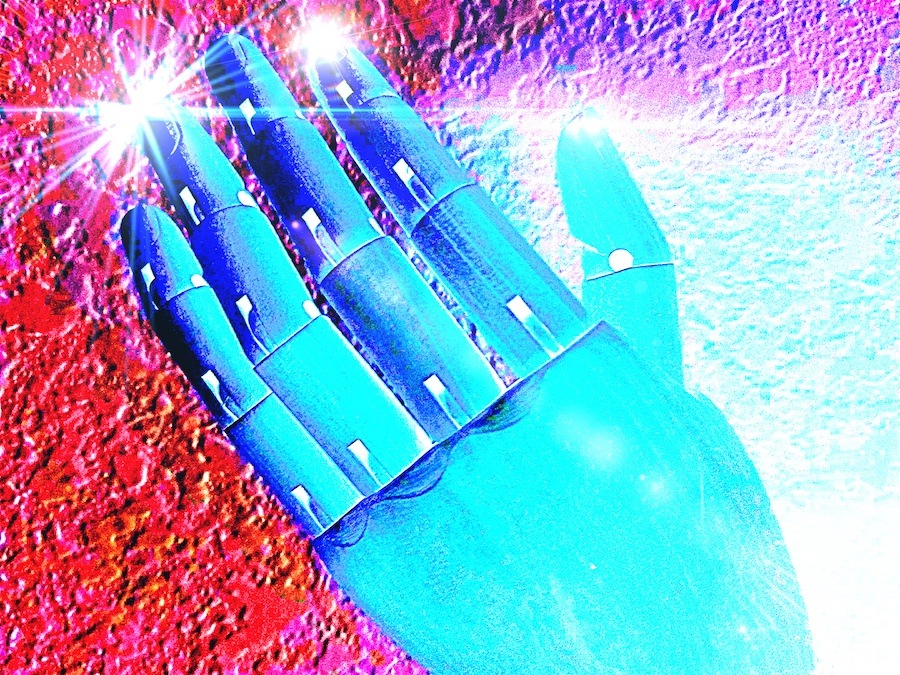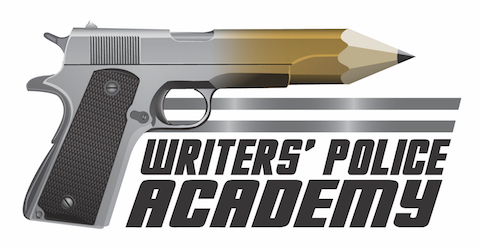The National Crime Information Center (NCIC) is one of the most vital tools available to law enforcement officers. Sure, they need the basics—firearms, pepper spray, handcuffs, patrol cars, vests, good shoes, exercise programs, eating well, backup when needed, radios, blue lights and sirens, computers, protective clothing and gear, training of all kinds, etc.—the things that help keep them safe during the course of their shifts. But NCIC, well, it’s the unseen guardian that rides shotgun in each and every police vehicle on the street.
NCIC is maintained by the FBI and is available to officers 24 hours a day, 365 days a year (with the exception of the occasional downtimes which always seem to occur just when you most need it).
Established in the mid 1960s, NCIC consisted of five active files containing 356,784 records. This sounds like a ton of information, and it was back in the day. Today, though, NCIC contains 21 files with over 12 million records. To put this in perspective, in 2015, law enforcement officers tapped NCIC over 12.5 million times each day. On July 28, 2016 a record was set when the NCIC system processed 17,492,427 transactions. So yes, NCIC is a rescuer that’s widely and regularly used by cops.
Law enforcement officials use NCIC for a number of reasons, such as requesting information regarding stolen property, vehicles, firearms, license plates, etc. A traffic officer, for example, may use his in-car computer or by radioing the dispatcher, to “run a check” on a car during a traffic stop to see if it’s stolen or wanted in connection with a crime. Detectives often use NCIC to check serial numbers on firearms seized during searches of property and criminal suspects.
NCIC contains 14 persons files, including: (per the FBI) “Supervised Release; National Sex Offender Registry; Foreign Fugitive; Immigration Violator; Missing Person; Protection Order; Unidentified Person; Protective Interest; Gang; Known or Appropriately Suspected Terrorist; Wanted Person; Identity Theft; Violent Person; and National Instant Criminal Background Check System (NICS) Denied Transaction. The system also contains images that can be associated with NCIC records to help agencies identify people and property items.”
The following is from the FBI website.
NCIC Files
The NCIC database includes 21 files (seven property files and 14 person files).
- Article File: Records on stolen articles and lost public safety, homeland security, and critical infrastructure identification.
- Gun File: Records on stolen, lost, and recovered weapons and weapons used in the commission of crimes that are designated to expel a projectile by air, carbon dioxide, or explosive action.
- Boat File: Records on stolen boats.
- Securities File: Records on serially numbered stolen, embezzled, used for ransom, or counterfeit securities.
- Vehicle File: Records on stolen vehicles, vehicles involved in the commission of crimes, or vehicles that may be seized based on federally issued court order.
- Vehicle and Boat Parts File: Records on serially numbered stolen vehicle or boat parts.
- License Plate File: Records on stolen license plates.
- Missing Persons File: Records on individuals, including children, who have been reported missing to law enforcement and there is a reasonable concern for their safety.
- Foreign Fugitive File: Records on persons wanted by another country for a crime that would be a felony if it were committed in the United States.
- Identity Theft File: Records containing descriptive and other information that law enforcement personnel can use to determine if an individual is a victim of identity theft of if the individual might be using a false identity.
- Immigration Violator File: Records on criminal aliens whom immigration authorities have deported and aliens with outstanding administrative warrants of removal.
- Protection Order File: Records on individuals against whom protection orders have been issued.
- Supervised Release File: Records on individuals on probation, parole, or supervised release or released on their own recognizance or during pre-trial sentencing.
- Unidentified Persons File: Records on unidentified deceased persons, living persons who are unable to verify their identities, unidentified victims of catastrophes, and recovered body parts. The file cross-references unidentified bodies against records in the Missing Persons File.
- Protective Interest: Records on individuals who might pose a threat to the physical safety of protectees or their immediate families. Expands on the the U.S. Secret Service Protective File, originally created in 1983.
- Gang File: Records on violent gangs and their members.
- Known or Appropriately Suspected Terrorist File: Records on known or appropriately suspected terrorists in accordance with HSPD-6.
- Wanted Persons File: Records on individuals (including juveniles who will be tried as adults) for whom a federal warrant or a felony or misdemeanor warrant is outstanding.
- National Sex Offender Registry File: Records on individuals who are required to register in a jurisdiction’s sex offender registry.
- National Instant Criminal Background Check System (NICS) Denied Transaction File: Records on individuals who have been determined to be “prohibited persons” according to the Brady Handgun Violence Prevention Act and were denied as a result of a NICS background check. (As of August 2012, records include last six months of denied transactions; in the future, records will include all denials.)
- Violent Person File: Once fully populated with data from our users, this file will contain records of persons with a violent criminal history and persons who have previously threatened law enforcement.
*Resource – FBI.gov and my own personal experience.







